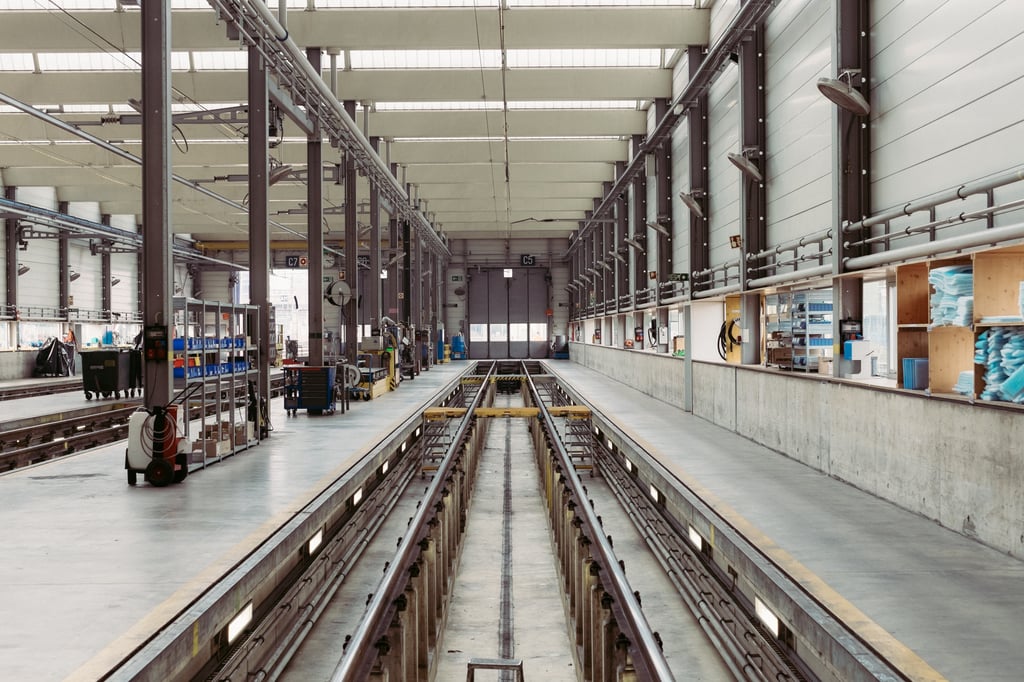
By 2020, experts believe the number of Internet-connected devices in use worldwide will reach 20.8 billion. In 2016 alone, it is predicted that 5.5 million ‘things’ will join the Internet of Things (IoT) revolution every single day.
IoT is changing manufacturing for the better. It’s offering product creators a deeper insight into their use once in the hands of customers and the data provided by any connected device can be used to streamline processes and remove inefficiencies from the engineering process.
In this post, we’re going to explore the ways in which the IoT can also help reduce unplanned downtime, but before that, we should probably answer a question that might be playing on your mind.
What is the Internet of Things?
The IoT simply refers to every day devices that possess network connectivity, enabling them to send and receive data.
Consider a car that can report back to the manufacturer when it requires a service, and instigate an automated service booking. Or a fridge that is able to contact the local supermarket when it runs out of milk. Both are examples of the IoT in action.
Using the IoT to reduce unplanned downtime
In engineering, big data and advanced analytics are increasingly becoming the drivers for investment in IoT technology. The process of connecting a production device to the web enables far closer monitoring of its performance and a window into the future.
The business value of IoT analytics and data in industrial environments can’t be underestimated. It is perhaps at its most valuable when it comes to reducing downtime of critical assets.
Businesses operating in the manufacturing space know how important it is to reduce downtime. Any break in the production line due to the failure of even the smallest component can result in significant financial loss.
The combination of IoT analytics and machine learning
When an industrial asset offers some form of connectivity, it can output predictive analysis relating to its future performance. If a part is likely to fail or if it can draw from past data that highlights a component nearing the end of its life, manufacturers can take action before any unforeseen downtime occurs.
Machine learning plays a big part in this, too. As manufacturing assets become more intelligent, they can write their own story and predict which of their constituent parts could one day fail. These ‘data stories’ are incredibly powerful and provide management with a view of industrial infrastructure like never before.
Monitoring the condition of critical parts and being able to rely on predictive maintenance helps ensure high uptime of critical manufacturing asserts. This will be comforting for those who recognise the prevalence of random failure patterns within this industry. Suddenly, such events events become entirely predictable and with little human interaction required.
IoT data challenges
We’ve established that IoT data can help manufacturers decrease unplanned downtime, but it comes with a number of challenges.
IoT data is unlike anything we’ve had access to before. Traditional enterprise data and the ways in which it is analysed doesn’t transpose well to the IoT. This is principally due to the colossal amount of data produced by IoT devices.
Rob Patterson, Vice President of strategy and marketing at ThingWorx, highlights the dangers of attempting to apply traditional analytical approaches to the IoT in a fascinating webcast. The data provided, he argues, is unique and therefore needs to be translated into actionable intelligence.
Don't be overwhelmed
IoT data is often overwhelming and seemingly relentless, but once tamed, can provide a real solution for all but eradicating unplanned downtime in manufacturing.
If your business is struggling to justify an increased investment in IoT devices for the manufacturing process, the data provided by those assets and its ability to boost uptime may just be the business case you need.
